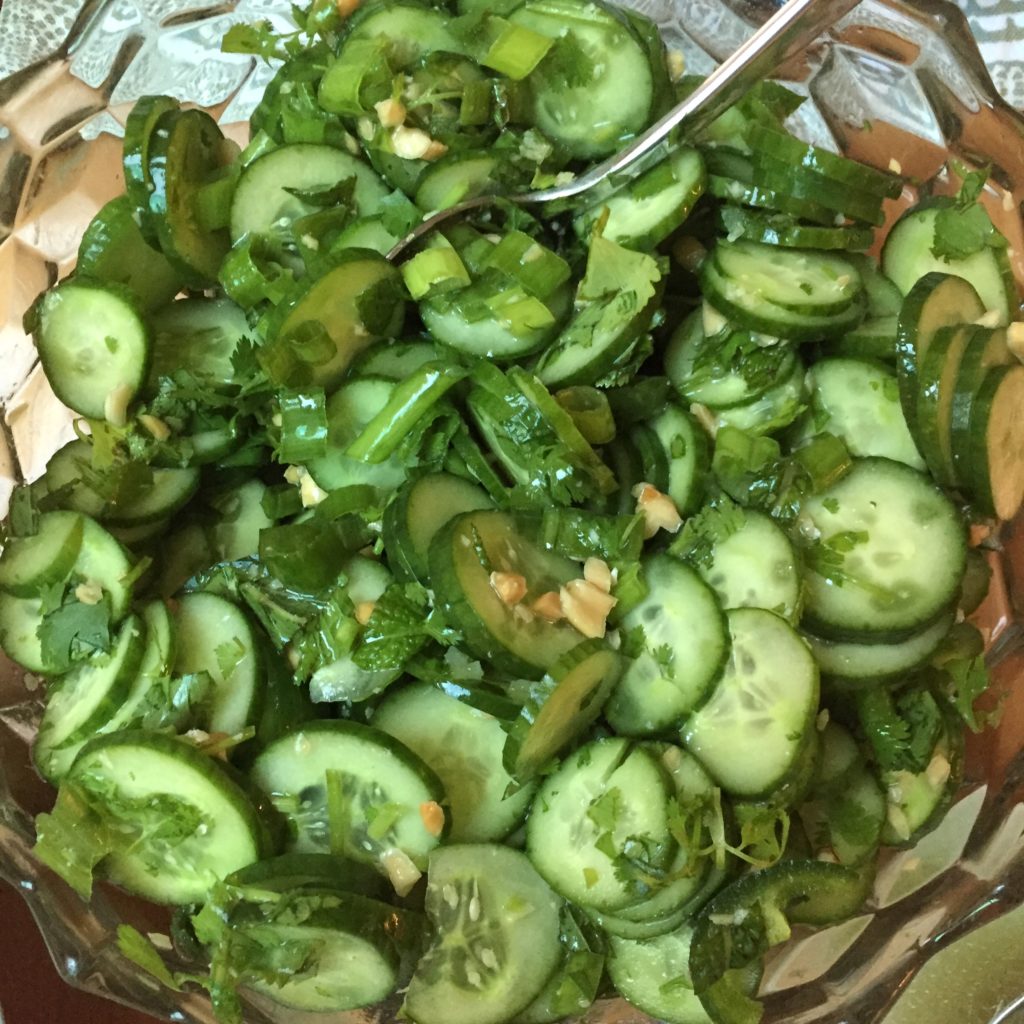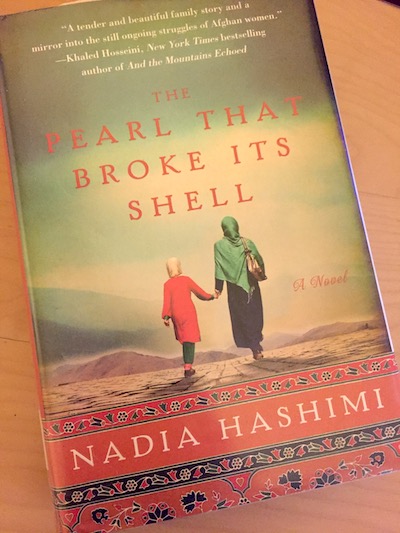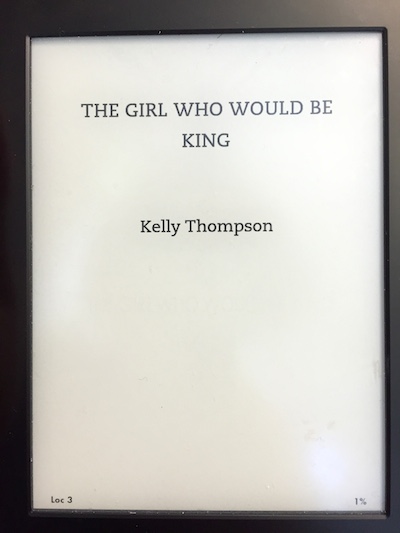
Let me be the 12 millionth person to recommend Salt Fat Acid Heat, both on Netflix and in book form. This is Samin Nosrat’s Vietnamese-style cucumber salad. I served it with pan-seared chicken thighs and rice, and it was the interest in an otherwise unremarkable meal. The extra dressing from the salad made a nice sauce for the chicken.
2lbs (about 8) Persian or Japanese cucumbers
1 large jalapeño, seeds removed if desired, thinly sliced
3 scallions, finely sliced
1 garlic clove, crushed
0.5c coarsely chopped cilantro
16 large mint leaves, coarsely chopped
0.5c toasted peanuts, coarsely chopped
0.25c neutral-tasting oil
4-5T lime juice
4t rice wine vinegar
1T fish sauce
1t sugar
pinch of salt
Using either a mandolin or a sharp knife, thinly slice cucumbers, discarding the ends. In a large bowl, combine cucumbers, jalapeño, scallions, garlic, cilantro, mint, and peanuts. In a small bowl, mix remaining ingredients and stir until salt & sugar are dissolved. Pour the dressing over the vegetables and mix. Taste and adjust with more salt or lime juice. Serve immediately.

